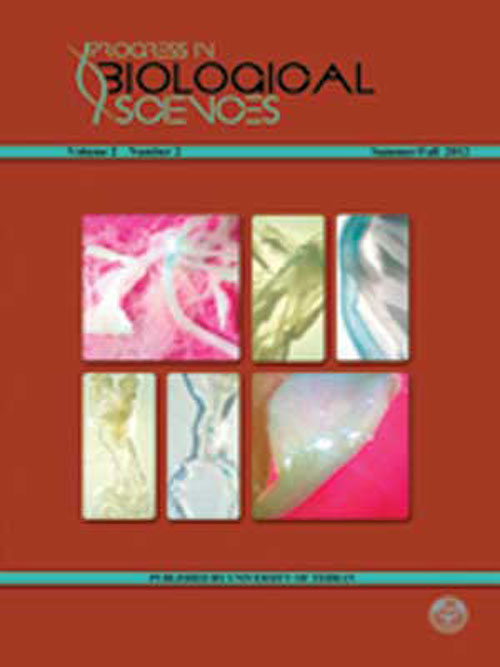Identification and toxigenic potential of a cyanobacterial strain (Stigomena sp.)
Author(s):
Abstract:
Cyanobacteria are well known for their production of a multitude of highly toxic substances. The genus Stigomena is regarded as good candidates for producing biologically active secondary metabolites, which are highly toxic to humans and other animals. The carcass of a dog was found at the shore of Lake Ali-Abad, Iran. Biomass from the discovery site appeared to be of cyanobacterial nature. We identified the strain as freshwater bloom-forming representative of the Stigomena genus on the basis of its 16S rRNA sequence. It carried the mcyE gene, as well as a potential cryptic hassallidin gene cluster. These results suggest that microcystin-induced liver damage may have significantly ontributed to the death of the dog. This case is thus the first reported incident of potential microcystin intoxication in a dog in Iran
Keywords:
Language:
English
Published:
Progress in Biological Sciences, Volume:3 Issue: 1, Winter and Spring 2013
Pages:
79 to 85
https://magiran.com/p1165154
مقالات دیگری از این نویسنده (گان)
-
Immunogenic Consideration of a Designed Polypeptide Against Brucellosis Compared to RB51: An In Vivo Study
Mina Saadat, Mojgan Bandehpour *, , Nariman Mosaffa
Avicenna Journal of Medical Biotechnology, Oct-Dec 2024 -
Extraction and purification of lipase (EC 3.1.1.3) from the Skipjack intestine (Katsuwenus pelamis)
Zabihalh Bahmani *,
Journal of Utilization and Cultivation of Aquatics, -
The additive effect of calcium carbonate and phosphate on anthraquinone contents in the roots of Rubia tinctorum L.
R. A. Khavari-Nejad *, M. Moghadami Rad, S. Sadatmand, F. Najafi
Iranian Journal of Medical and Aromatic Plants, -
Effect of Salicylic Acid on some Morphological and Biochemical Traits of Rice (Oryza sativa L.) under salt stress
Seyyed Elham Farhangju, Sara Sadatmand *, Ramezanali Khavarinezhad, , Babak Babakhani
Journal of Plant Production,



